Tariffs Are About to Make Your Beauty Routine a Lot More Expensive
Cosmetic treatments are deeply entwined with international trade, meaning consumers should expect price hikes.
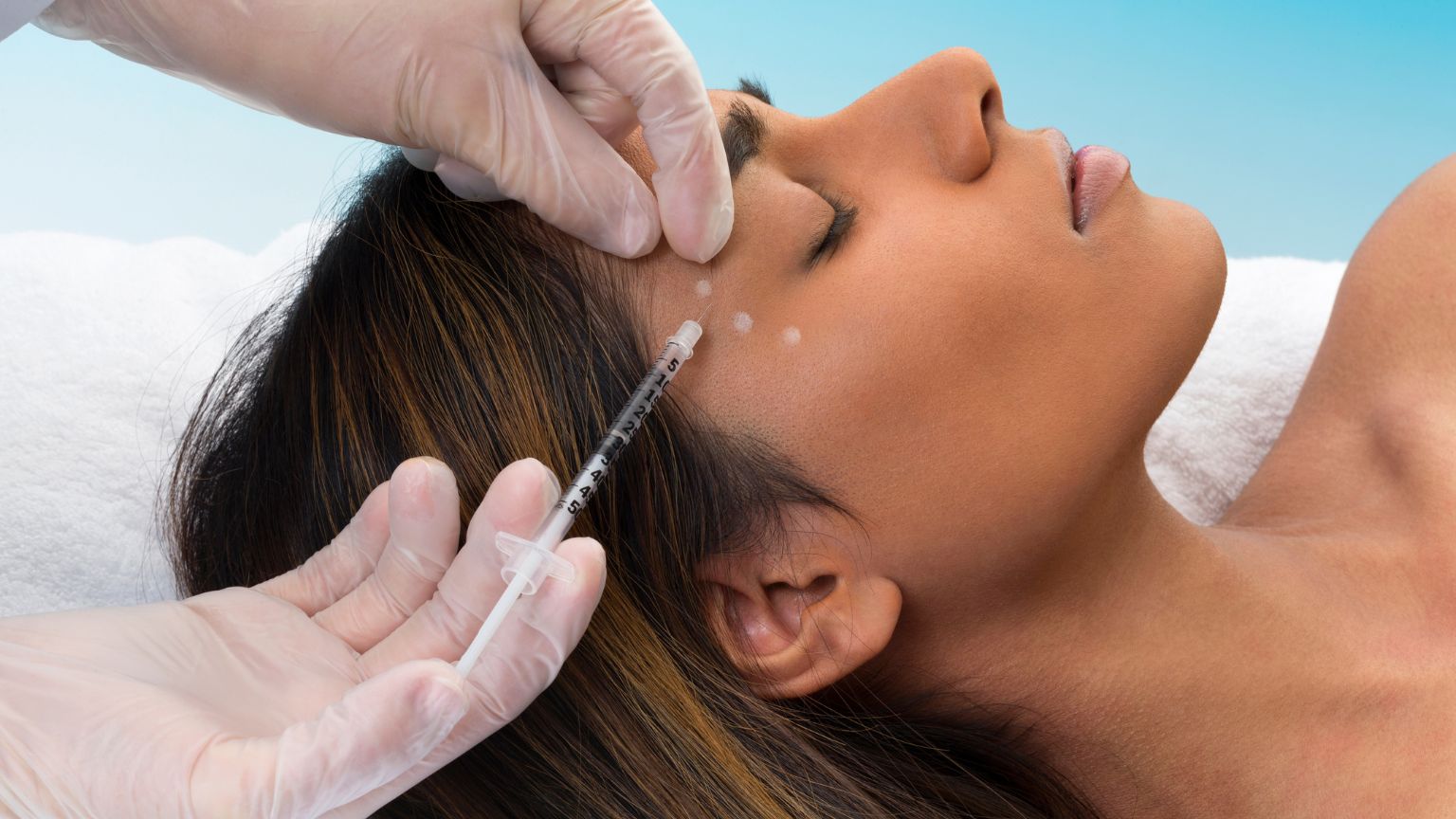
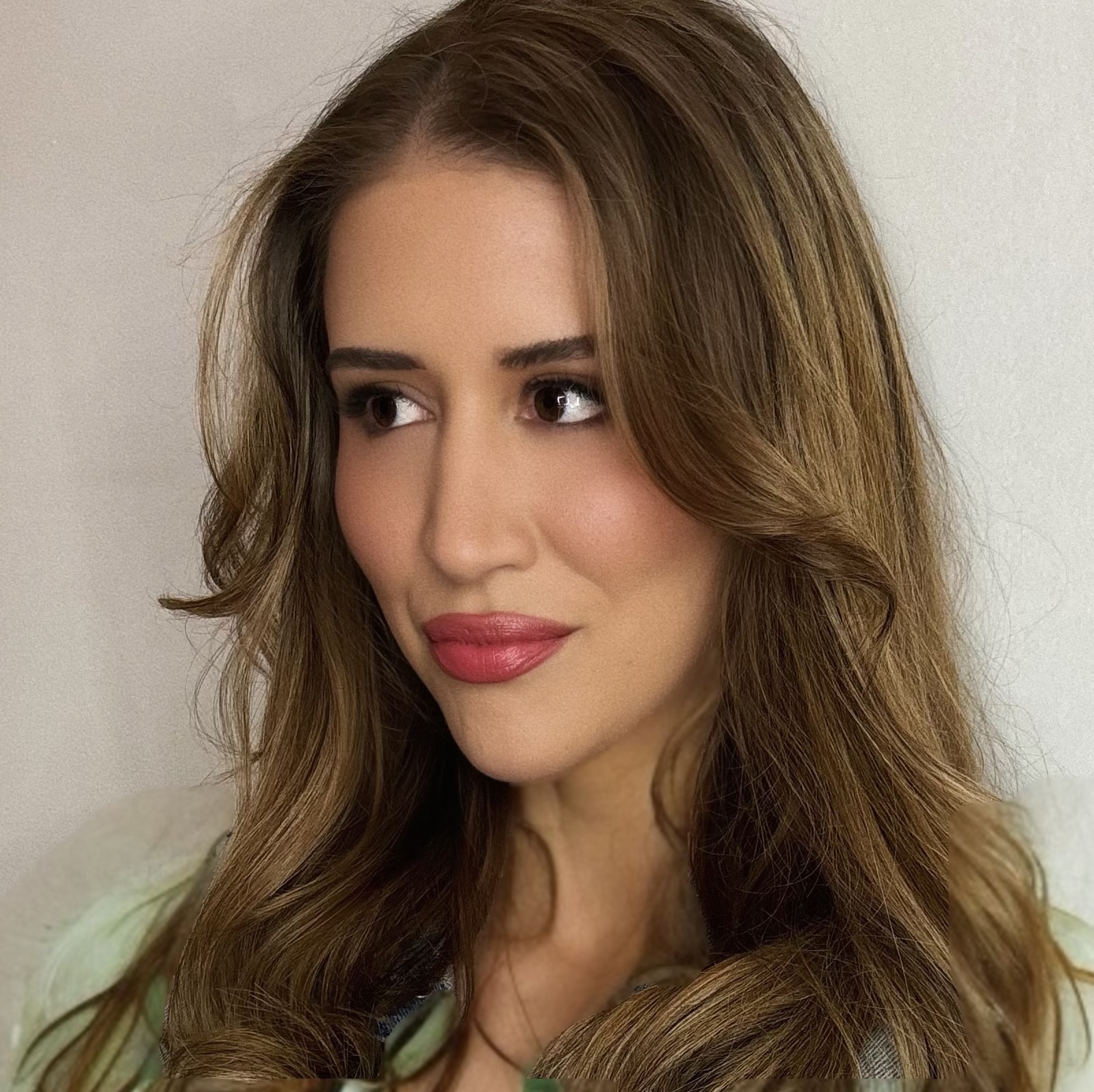
If Trump’s proposed tariffs are giving you worry lines, buckle up: how you treat them might be hit next. Everything from Botox to the syringes that deliver it are facing potential price increases—and the aesthetics industry is bracing for financial impact.
As part of President Trump’s broader plan to effectively raise taxes and (theoretically) reduce reliance on foreign imports, the most recent proposal includes a universal 10 percent tariff on all non-North American countries, 20 percent on goods from the European Union, 25 percent on South Korea, 31 percent on Switzerland, and a whopping 145 percent rate on Chinese imports. That’s just at the time of writing, though–the numbers are ever-changing.
But as you’ve likely seen in headlines, the ripple effect could seriously disrupt any industry dependent on global supply chains, impacting the brands that make everything from your cars, phones, to perfumes—and yes, even your Botox and filler.
The Global Economics of Looking Good
“The aesthetic medicine industry remains largely dependent on international manufacturing—especially when it comes to injectables,” says Pooja Rambhia, MD, FAAD, a board-certified cosmetic dermatologist at UnionDerm in New York City. “Many of the most widely used neuromodulators and fillers, including those from AbbVie, Galderma and Teoxane, are produced in Europe, Canada, and other international locations—even when distributed by U.S.-based companies.” (AbbVie manufactures Botox while Galderma makes Dysport, Restalyne, and Sculptra.)
In other words: The aesthetics industry is just as globally dependent as the more frequently spotlighted auto and tech sectors—though it doesn’t always get the same attention. (Funny how that happens when the primary consumer base is women.)
And those consumers are already feeling it. “Patients are becoming increasingly conscious of costs,” says Anetta Reszko, MD, PhD, a board-certified dermatologist and dermatologic surgeon in New York City. “We’re seeing a growing interest in things like prepayment options and manufacturer rewards programs to help manage expenses.”
The Real Cost of Feeling Like Yourself
While it may seem trivial to focus on beauty given the current political and social climate, the truth is that, for many patients, these treatments are far from frivolous. Rather, they’re part of a broader self-care routine—tied to confidence, aging, and identity.
Stay In The Know
Get exclusive access to fashion and beauty trends, hot-off-the-press celebrity news, and more.
“For many people, injectables are a routine part of their self-care, similar to getting their hair or nails done,”says Sheila Malek Kassir, MD, a board-certified plastic surgeon and co-founder of New York City’s Kassir Plastic Surgery and Inside Beauty Spa. “The idea that prices could rise because of something like international policy or tariffs feels disconnected from their daily lives, yet it’s affecting them directly.”
The aesthetic medicine industry remains largely dependent on international manufacturing—especially when it comes to injectables.
Dr. Pooja Rambhia
That it is—and for providers, too. “I’ve noticed about a 20 to 25 percent increase in the cost of supplies like syringes, gloves, gauze, and other medical supplies that I routinely order,” says Kristina Kitsos, RN, a Beverly Hills-based nurse injector. “I’ve also noticed an approximate 10 to 20 percent increase in the cost of the individual injectable products.”
So, can clinics just stock up now to avoid potentially price hikes? Not really. Kassir says expiration dates make bulk-buying nearly impossible—at least not without risking waste or using expired product.
Where Aesthetic Products Are Made—And Why That Matters
So what’s driving all the price hikes? It all comes down to where these products—and the tools used to administer them—are actually made.
“Tariffs are essentially taxes on imports,” explains Anne Villamil, PhD, an economics professor and Henry B. Tippie Research Fellow in Economics at University of Iowa. “They raise the cost of goods—especially for elective procedures. Brands like Botox may be able to pass those increases on quickly, and that means patients feel it almost immediately.”
And considering most injectables are manufactured in Europe—Botox in Ireland, Dysport in the UK, Xeomin in Germany, and fillers like Juvederm and Restylane across the EU—the category is more exposed than many realize.
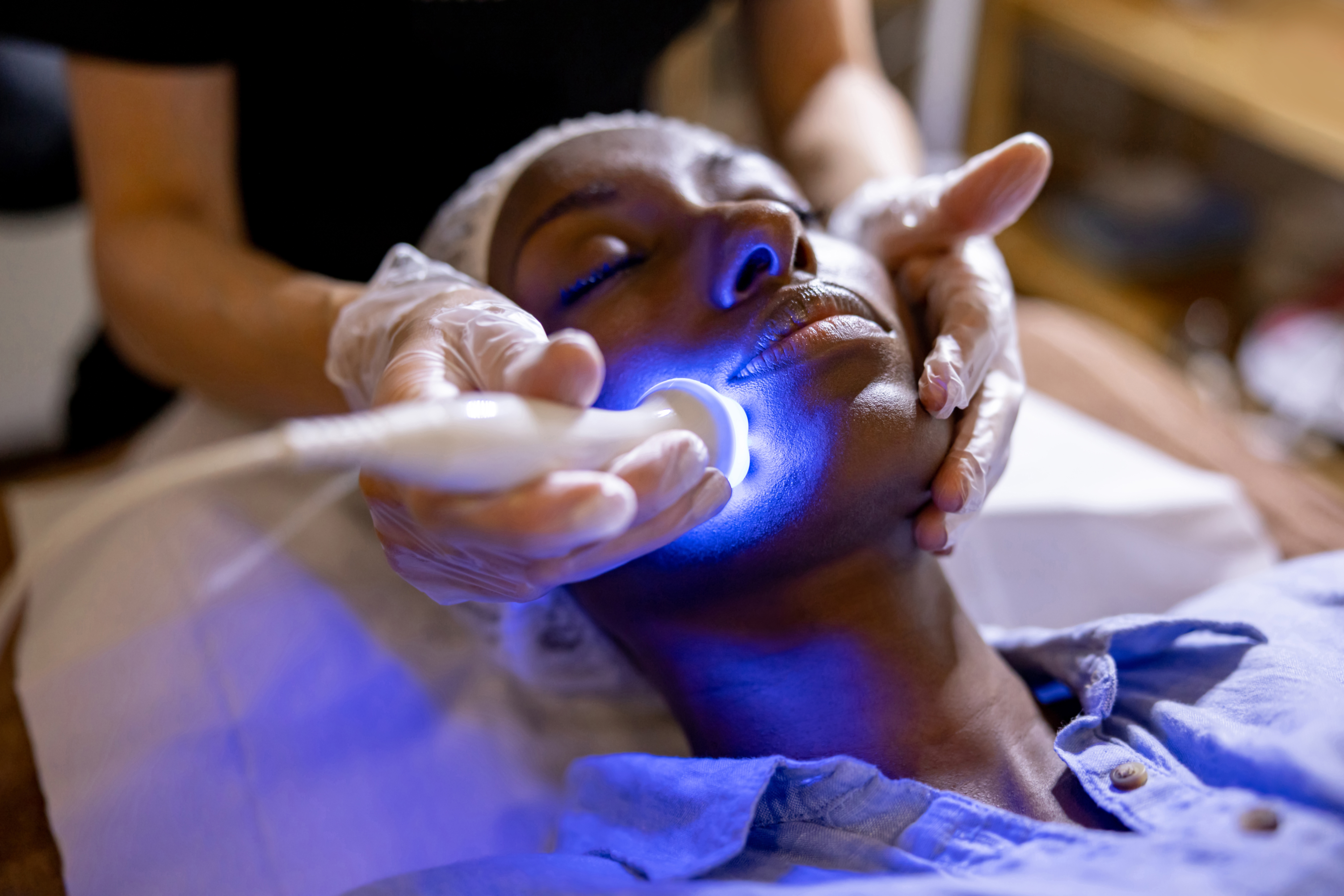
Booking an appointment for your bi-annual laser treatment could become increasingly pricey.
To put that into perspective, Dr. Kassir estimates that “well over 80 percent” of her practice’s supplies are sourced internationally. “Injectables, tools, skincare products—they’re all tied back to global suppliers,” she says.
One exception? “Daxxify by Revance Therapeutics, [is] a botulinum toxin that is manufactured domestically in the U.S.,” says Dr. Rambhia. But even U.S.-made injectables rely on globally sourced components—like syringes, needles, gauze, and packaging—often imported from China, South Korea, and the EU.
“Even for companies manufacturing in the U.S., critical components—like bottles and caps—are often imported,” says David Navazio, CEO of Gentell, a U.S. medical supply company. “This issue touches almost every personal care brand and leads to limited availability and rising costs.”
Translation? A “Made in the USA” label doesn’t guarantee anything when it comes to pricing stability, despite what your aunt on Facebook claims. "Most people don’t realize that every product involved in a single treatment—right down to the gauze—is touched by international trade,” Kitsos says.
Pharmaceuticals Could Be Next
While some uses of Botox can qualify as medication (like for hyperhidrosis, or excessive sweating) and are currently exempt from tariffs, that protection might not last. On April 14, President Trump told reporters the possibility of tariffs on imported medication could arrive in the “not too distant future,” claiming that “we don’t make our own drugs anymore” as the “drug companies are in Ireland, and they’re in lots of other places, China.” (The company that makes Botox is, indeed, based in Ireland.)
Two days later, the Trump administration filed a notice announcing a formal investigation “to determine the effects on the national security” of foreign-made drugs.
Every product involved in a single treatment—right down to the gauze—is touched by international trade.
Kristina Kitsos
Some experts see this as the first step toward making those drug tariffs a reality—and it’s one that could ultimately impact injectable pricing, too. “About 50 to 55 percent of Botox is used for aesthetic procedures like smoothing wrinkles and facial contouring,” says Villamil. “The remainder is for medical uses, including chronic migraines, overactive bladder, and spasticity.”
In other words: nearly half of Botox’s global usage could be exposed to the kind of tariff-related price hikes for which providers and patients are already bracing.
What Does the Future Hold for Cosmetic Procedure Costs?
So, where does this leave the aesthetics industry now? “Providers could face rising costs on imported products, leading to higher treatment prices, potentially reducing patient demand or compressing already tight operating margins,” says Kimber Maderazzo, a marketing professor at Pepperdine University and former senior beauty executive who led global strategy and innovation for brands like Proactiv, Procter & Gamble, and Estée Lauder.
But while some injectors say patients are budgeting carefully, others assert theirs remain invested. “Our patients are pretty committed to their treatments,” says Tara Adashev, APRN, head nurse and injectables specialist at Neinstein Plastic Surgery. “They see this as part of their long-term wellness routine.”
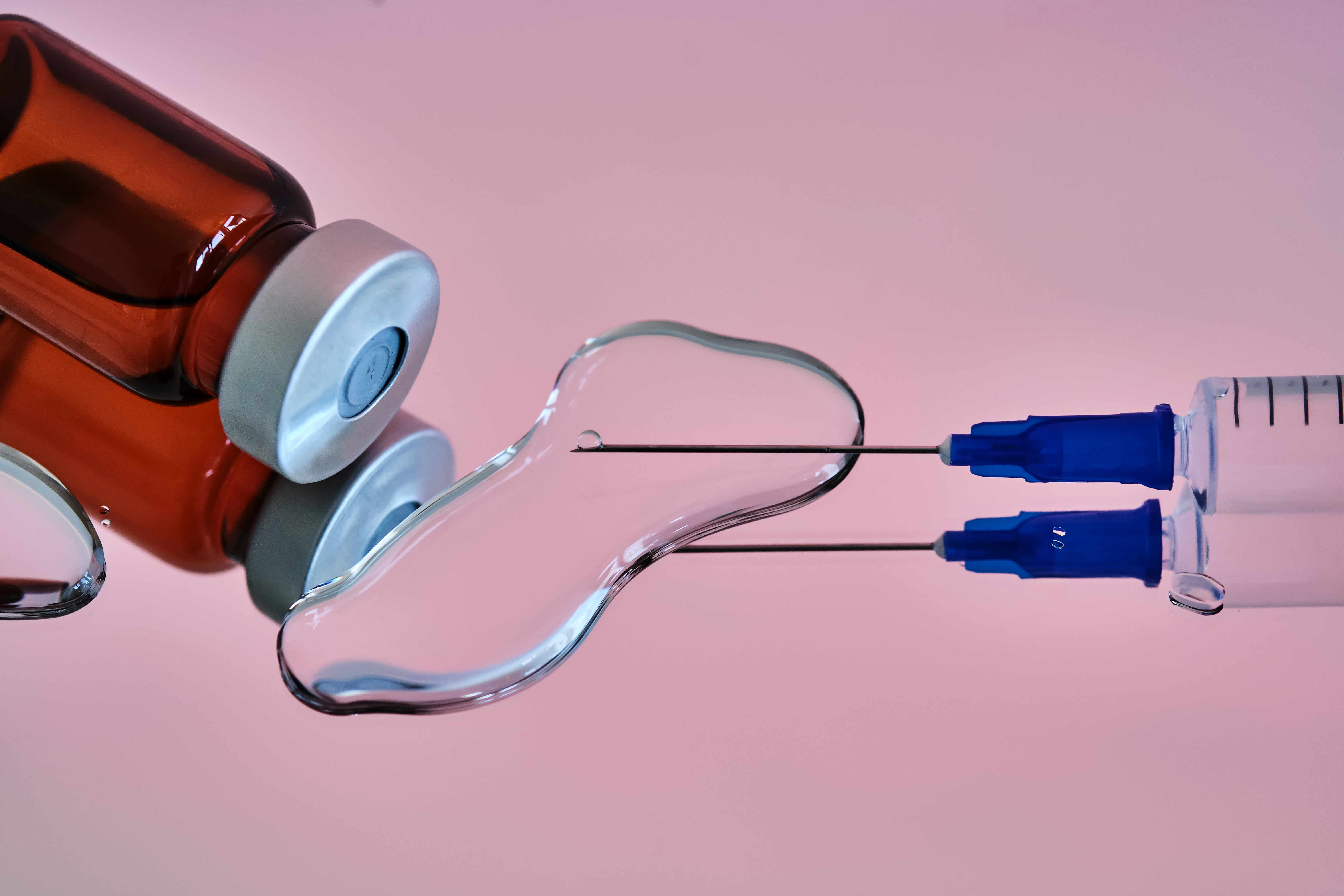
The cost of medical supplies, and the drugs themselves, will likely skyrocket.
Maderazzo agrees—to a point. “Consumers are more likely to accept a price increase when there’s a luxury or high-quality product,” she says. “But price-sensitive patients may stretch treatments or switch to lower-cost alternatives.” Really, it comes down to how much cash you have to spare to maintain your beauty routine.
Providers may have to change their approach, too. “These ripple effects—regulatory changes, import restrictions, geopolitical tensions—can lead to price hikes, treatment delays, and even temporary shortages,” says Dr. Reszko. And that’s just the beginning.
Innovation, Interrupted
According to Maderazzo, trade instability can inadvertently slow the pace of medical–and aesthetic–innovation. “Companies cut budgets in research and development (R&D) and regulatory submissions to offset tariff-related expenses,” she explains. “That means fewer breakthrough innovations and more limited product selection.”
Innovation in medicine and aesthetics isn’t just exciting–it’s essential. And losing it could set entire industries back in ways we don’t yet fully understand. “This is really a moment that highlights how intertwined aesthetic medicine is with the global economy,” Dr. Kassir concludes. “Global trade and policy decisions can seem abstract, but they have very real consequences.”
I guess we just assumed that the repercussions of Trump's tariffs wouldn't show up on our faces.
Meet the Experts





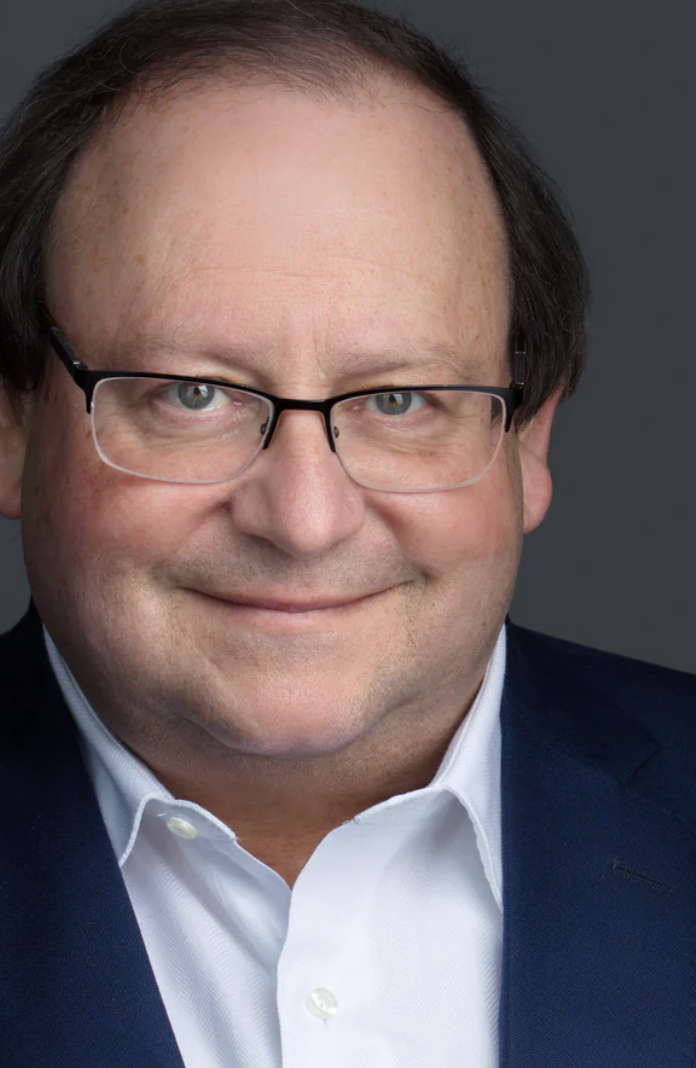



Danielle Sinay is a Brooklyn-based (but LA-raised!) writer and editor covering the intersection of beauty, health, wellness, culture, and lifestyle. Her work has appeared in Marie Claire, Glamour, Bustle, and elsewhere.
She has a Master’s in Journalism from Columbia University, where her thesis examined how TikTok, Instagram filters, and editing apps are transforming the beauty industry and driving a rise in cosmetic procedures among young women, and an MFA in Nonfiction Creative Writing from The New School. For more, follow @daniellesinay.
-
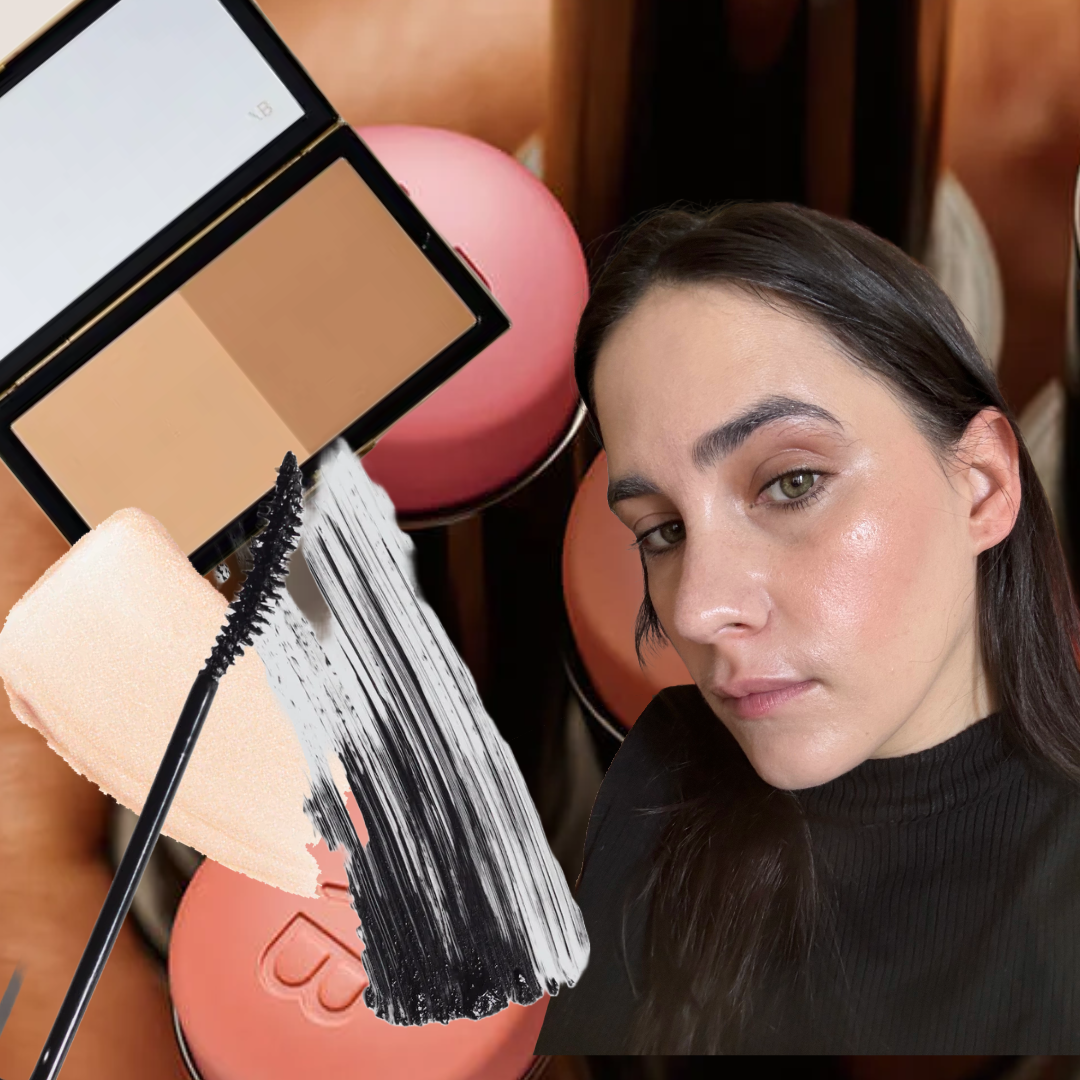 My Favorite Victoria Beckham Beauty Staples Nail the Balance Between Rocker Chick and Upper East Side Mom
My Favorite Victoria Beckham Beauty Staples Nail the Balance Between Rocker Chick and Upper East Side MomSee the photos for proof.
By Julia Marzovilla
-
 Princess Kate Takes Inspiration From This Unexpected Royal as She Prepares to be Queen
Princess Kate Takes Inspiration From This Unexpected Royal as She Prepares to be Queen"She’s hugely influential behind the scenes in hiring and decision-making," a royal source said.
By Kristin Contino
-
 Sofia Richie Grainge Styles a $7,600 Wicker Bag With $90 Sneakers
Sofia Richie Grainge Styles a $7,600 Wicker Bag With $90 SneakersAs only she can.
By Kelsey Stiegman
-
 Hair as Art
Hair as ArtHow styling Black hair became a cultural celebration.
By Chanté Griffin
-
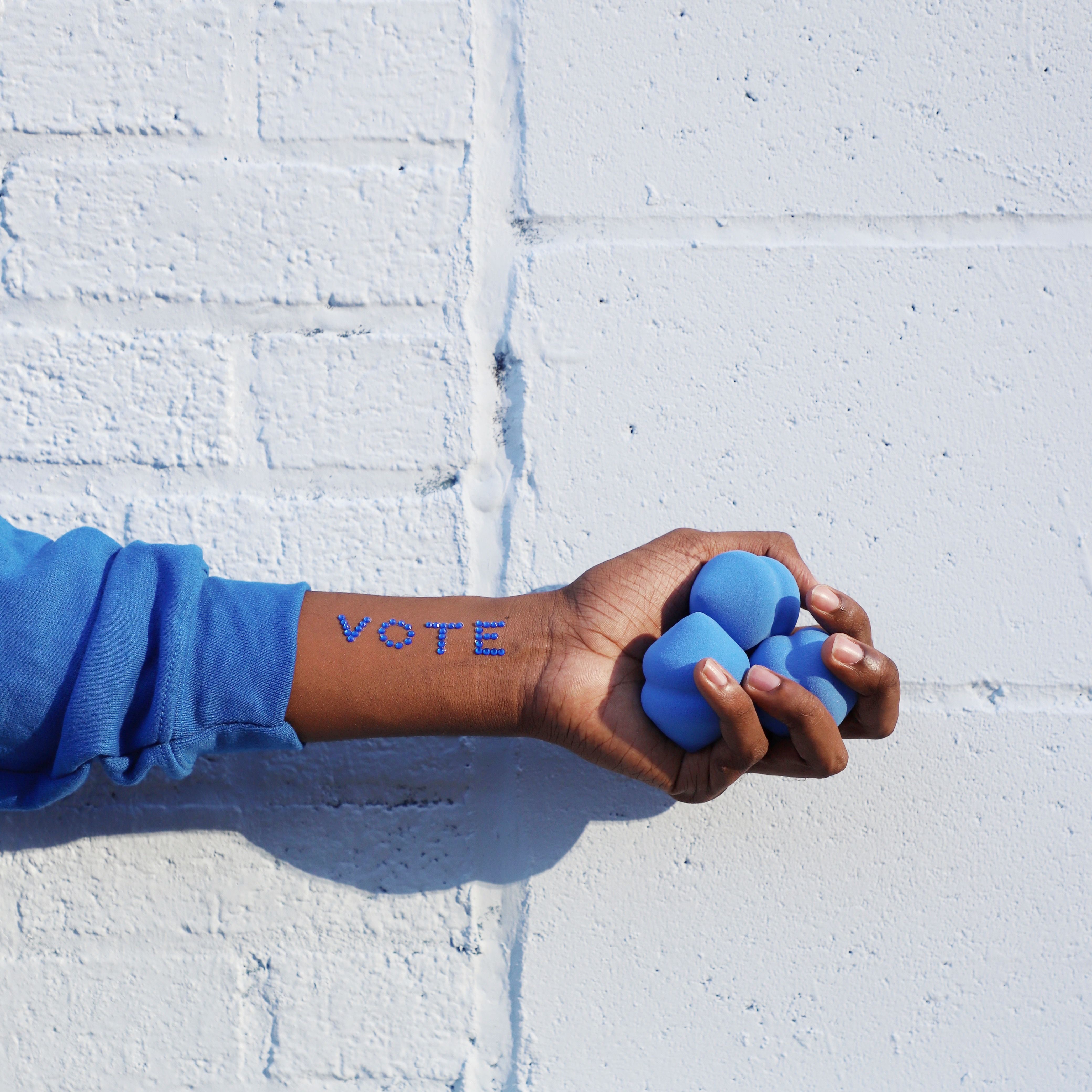 A Joe Biden Beauty Sponge Is the Latest Voting Flex
A Joe Biden Beauty Sponge Is the Latest Voting FlexThere's a Kamala Harris highlighter on the way, too.
By Taylore Glynn
-
 Untangling Hair Bias
Untangling Hair BiasHow young does it start? Younger than you think.
By Meena Harris
-
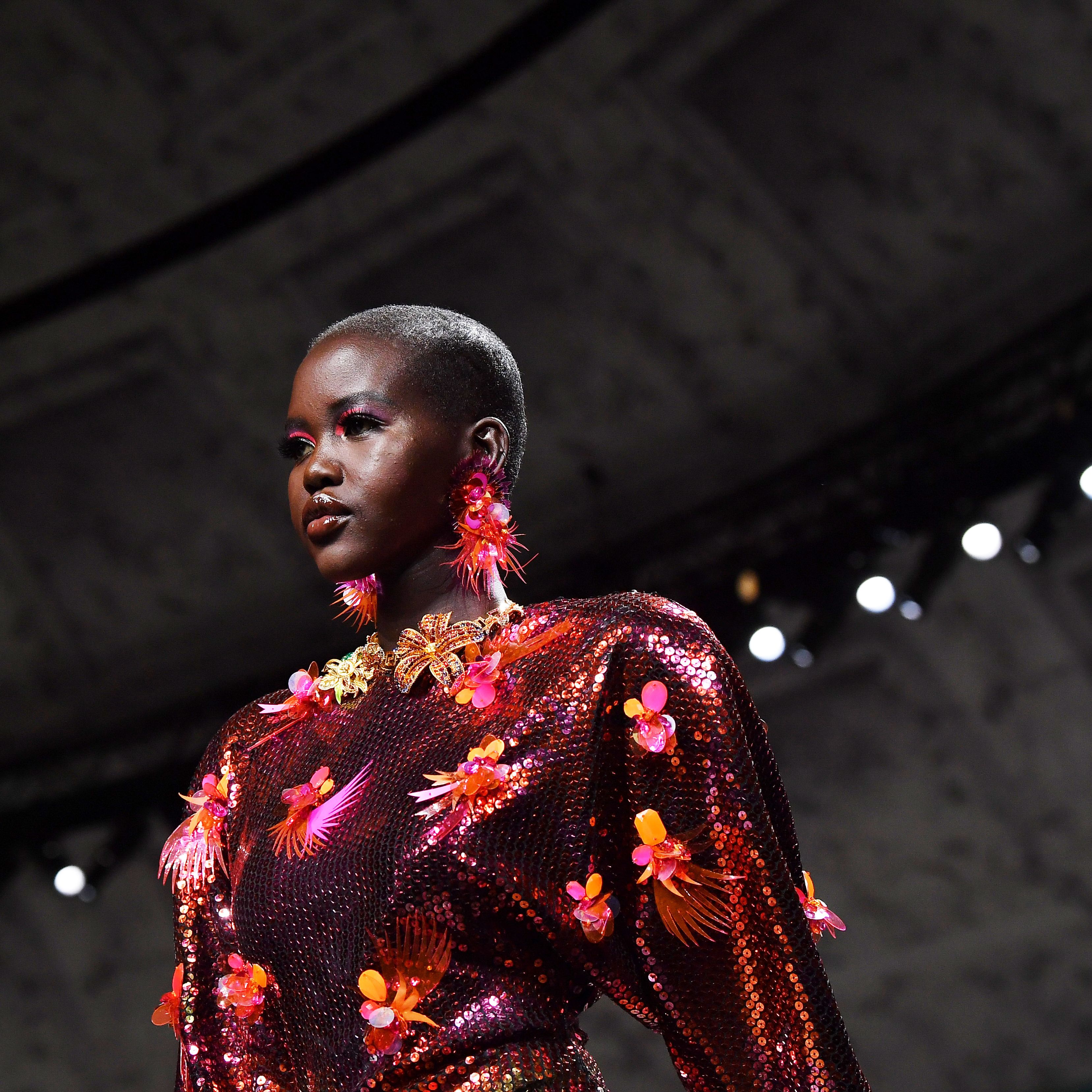 Adut Akech on Achieving Your Dreams
Adut Akech on Achieving Your DreamsThe face of Valentino’s new fragrance shares her journey from refugee to international model.
By Gina Way
-
 This Skincare Ingredient is the Secret Weapon for Michelle Obama's Glowing Skin
This Skincare Ingredient is the Secret Weapon for Michelle Obama's Glowing SkinMichelle Obama's facialist just shared the secret to her glowing skin. Find out the products Michelle depends on to age gracefully inside.
By Maya Allen
-
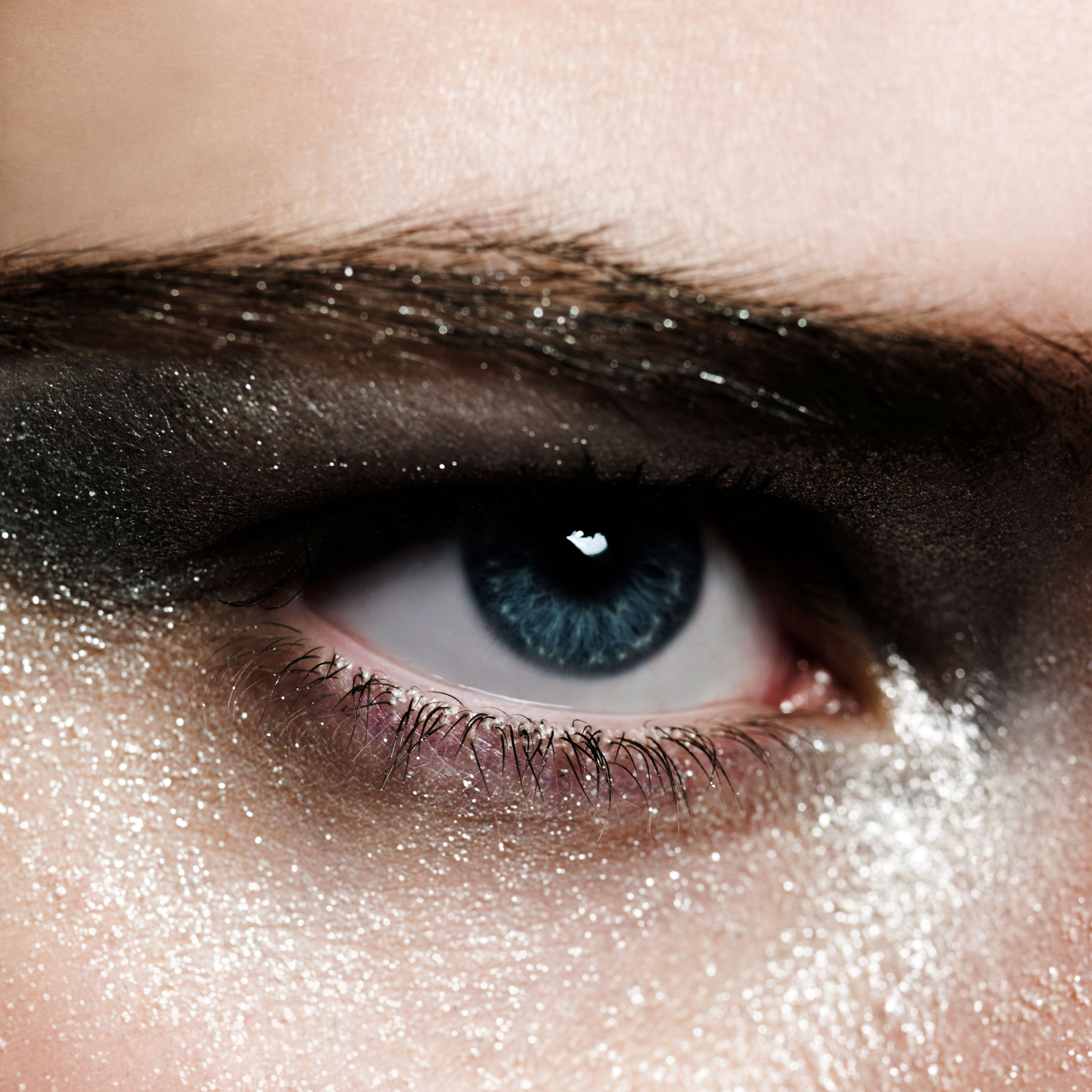 Is Your Makeup the Result of Child Labor?
Is Your Makeup the Result of Child Labor?Features Many shimmery makeup products contain mica—an ingredient often mined via suspicious practices—but big players in the industry are working to change that.
By Jocelyn C. Zuckerman
-
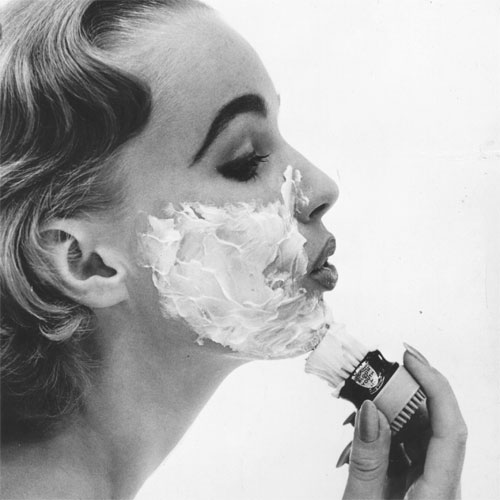 What It's Like to Be a Woman Who Shaves Her Face Every Day
What It's Like to Be a Woman Who Shaves Her Face Every DayOn performing a "masculine" act to appear feminine.
By Kat Savino